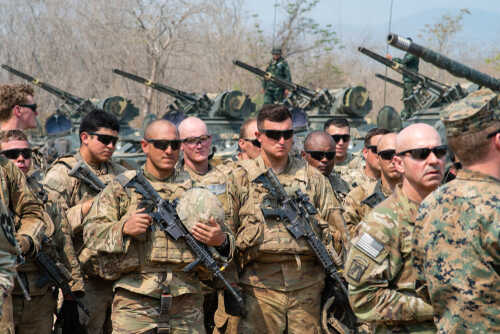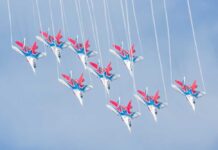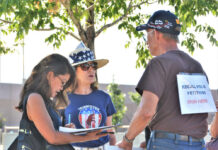
According to weapons specialists and a U.S. official, a deadly assault in northeastern Syria was likely carried out by a Qasef-1 one-way attack drone.
According to the United States military, a U.S. contractor was killed, and 13 service members were wounded in a series of strikes on bases in Syria on March 23 and 24.
Researchers say this new phase of Iranian-backed strikes on American forces in the area may have been signaled by the drone that carried out the fatal raid on a U.S. facility in Syria last month.
Washington-based think tank New Lines Institute head of strategy and innovation Nicholas Heras said that although Iranian-backed extremist groups in Yemen have deployed the drone, it had been less often spotted in Iraq and Syria.
Its unprecedented deployment in Syria “may indicate that Iran is preparing to extend its campaign against U.S. soldiers in Syria,” Heras said in a text message on Thursday.
In an email message, U.S. Central Command stated the drone type that attacked Rumalyn Landing Zone is still secret.
However, on Wednesday, a U.S. official who requested anonymity to talk freely claimed that it was probably an IRN-12 (what the Americans call the Qasef-1).
Jeremy Binnie, an analyst at the military intelligence company Janes, said that a video provided by the militant organization that claimed the assault on its Telegram channel seemed to show the launch of a drone that resembled the Qasef-1.
Analysts warned last week that the terrorists thought to have struck likely a cover for militants intimately associated with Iran’s Revolutionary Guard.
On Wednesday, CENTCOM issued a statement that refrained from naming the entity it considers responsible for the strike, instead asserting that Iran is guilty.
According to Binnie and other weapons specialists, the Qasef-1 has been widely employed by Houthi rebels (backed by Iran) against troops in Yemen and in strikes on oil infrastructure in Saudi Arabia and airports.
It can carry a warhead or spy camera weighing up to 66 pounds and has a range of around 93 miles in one direction.
Binnie speculated that operators may have used the terrain, which is relatively flat, around the Rumalyn Landing Zone to avoid radar detection at the base by approaching at a lower altitude than intended.
Experts and U.S. military officials have said that Iran’s drones are among the most sophisticated in the world and have significantly influenced the conflicts in Yemen, Iraq, Syria, and Ukraine.














